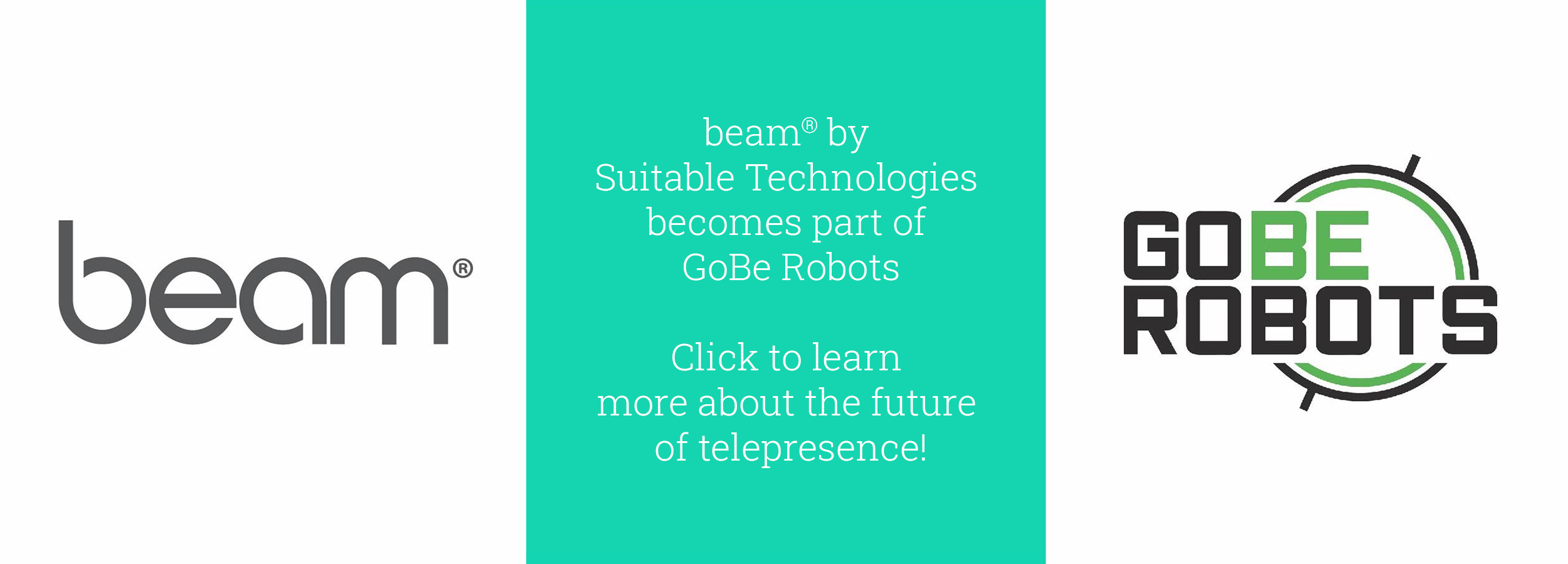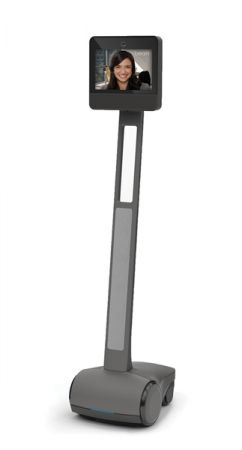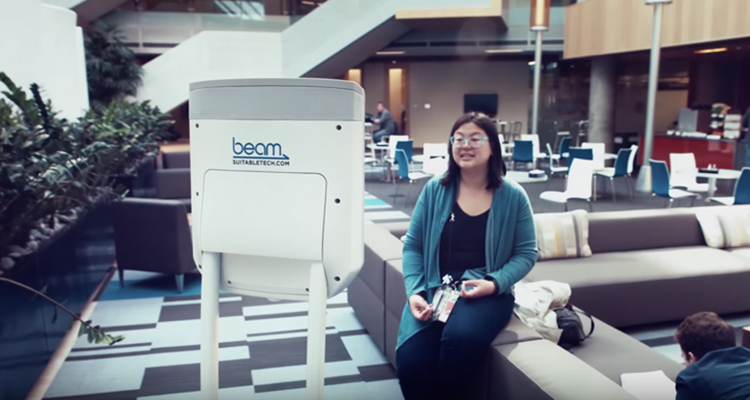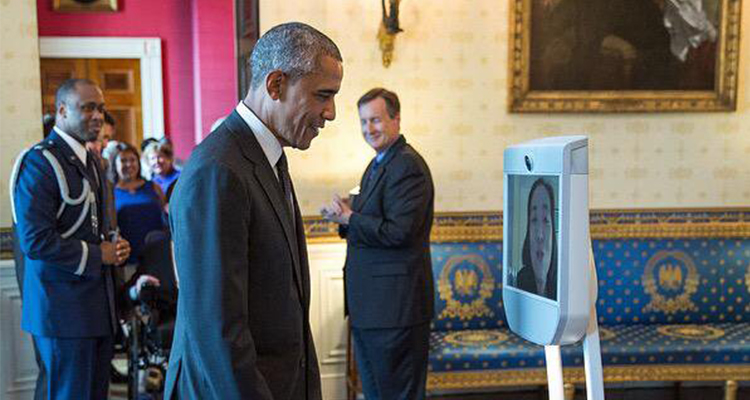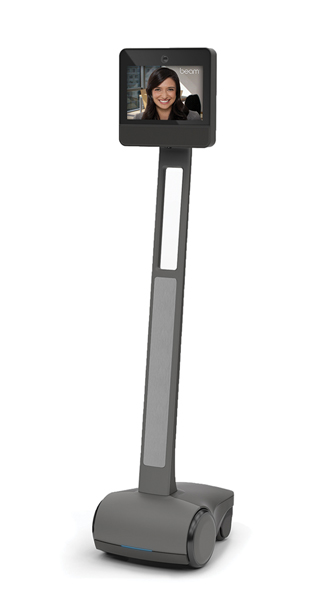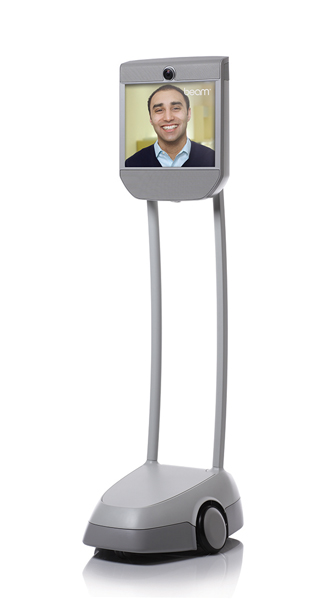The New York Times recently featured a piece on a high school student named Lydie, who attends high school at Lycée Carriat in Bourg-en-Bresse, France in Upfront magazine, its educational outlet created in collaboration with Scholastic Inc. Because of her ongoing struggles with asthma - which worsens as the day goes on - Lydie now splits her day by attending classes in person in the mornings, and via Beam in the afternoon.
“You would actually think a robot dehumanizes, but it’s actually the opposite,” disability advisor Sandrine Chaix told the French newspaper, Le Télégramme. “This brings attention to young people who are sometimes isolated otherwise.”
For Lydie and her counterparts worldwide, like 15-year old Blue Valley High School sophmore Ari Burris in Overland Park, KS who uses Beam to attend high school as she recovers from cancer, telepresence technology provides a simple, effective solution for missed classes, social interaction, and academic opportunities.
No matter where they are in the world, Beam helps students stay classy
We often discuss what a lifesaver Beam can be for people with health-related issues that prevent them from going out in public. For students, telepresence technology can make a profound difference by allowing them to have a physical presence and self-controlled agency in school with their peers.
Thanks to features like the ability to zoom with the camera, remote learners can easily follow along with what’s being written on whiteboards or what the class is reading in real-time. Having a physical presence also allows students to participate like anyone else, from getting called on by the teacher to answer a question to chatting with friends in the hallways as they go from class to class. With telepresence, Lydie can still attend class and connect with classmates.
Click here to download a copy of the New York Times article

